Selecting the right liquid filling and sealing machine is a critical decision for any business, whether you're a small startup or a large-scale manufacturer. The right equipment can streamline your operations, ensure product integrity, and boost efficiency. The wrong choice, however, can lead to costly downtime, product waste, and operational headaches.
This guide will walk you through the key factors to consider when choosing the ideal machine for your specific needs.
1. Understand Your Product: The Liquid Itself
The first and most important step is to analyze the liquid you're working with. The properties of your product will dictate the type of filling technology required.
-
Viscosity: Is your liquid thin and watery (like juice or water), or thick and viscous (like honey, creams, or sauces)?
-
For low-viscosity liquids, gravity fillers or overflow fillers are often the most efficient and cost-effective.
-
For high-viscosity products, piston fillers or pump fillers are better suited as they provide the force needed to move the thicker liquid.
-
Abrasiveness/Corrosiveness: Is your product abrasive (containing solid particles) or corrosive (acidic or alkaline)? This will determine the construction materials of the machine. Stainless steel is standard, but for highly corrosive products, specialized alloys or food-grade plastics may be necessary to prevent damage and contamination.
-
Foaming: Some liquids, like soaps or certain chemicals, tend to foam when filled. Bottom-up filling or sub-surface filling techniques are crucial in these cases to minimize air bubbles and ensure accurate fills.
2. Consider Your Containers: Bottles, Pouches, and More
The type of container you use is just as important as the liquid itself. A versatile liquid packaging machine should be able to handle your specific container type and size.
-
Container Material: Are you using glass, PET, HDPE, or flexible pouches? Each material requires a different handling mechanism and sealing method.
-
Size and Shape: The machine must be able to accommodate the range of container sizes and shapes you plan to use. If you have multiple SKUs with varying bottle sizes, look for a machine with adjustable settings or quick-change parts to avoid manual re-calibration.
-
Container Opening: The size of the bottle neck or pouch opening will influence the nozzle design of the filling machine.
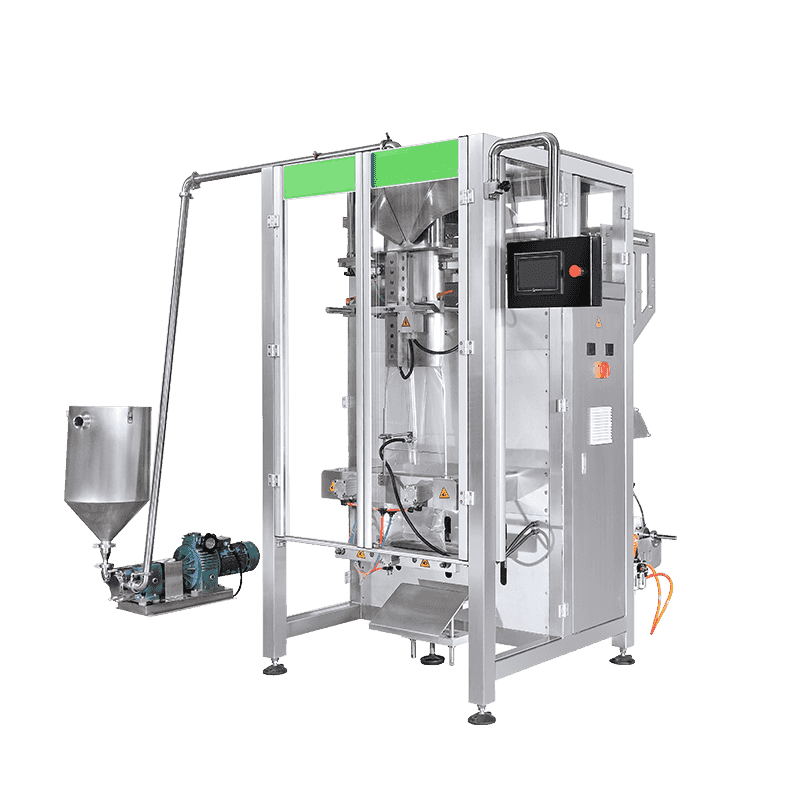
3. Evaluate Production Demands: Speed and Scale
Your current and future production goals should play a major role in your decision.
-
Production Speed (BPM/PPM): How many bottles per minute (BPM) or pouches per minute (PPM) do you need to produce?
-
For small-scale operations or startups, a semi-automatic filling and sealing machine might be sufficient. These require an operator to place the containers but handle the filling and sealing automatically.
-
For high-volume production, a fully automatic liquid sealing machine is essential. These machines handle every step, from bottle feeding to capping, at high speeds with minimal human intervention.
-
Automation Level: Do you need a single machine that only fills and seals, or an integrated system that includes bottle unscrambling, labeling, and capping? An all-in-one liquid filling equipment system might be a greater upfront investment but can save significant time and labor costs in the long run.
4. Sealing Technology: The Final Seal of Approval
The sealing method is what ensures your product stays fresh and tamper-proof. The choice depends on your container and cap type.
-
Capping: This is for rigid containers with screw-on, snap-on, or ROPP (roll-on pilfer proof) caps. The machine's capping system should be compatible with your specific cap design.
-
Heat Sealing: For flexible pouches or certain rigid containers with a foil seal, heat sealing machines are used. This method creates an airtight, hermetic seal by melting and bonding the container material.
-
Induction Sealing: Often used for bottles with screw-on caps, an induction sealer creates a powerful electromagnetic field that heats a foil liner inside the cap, bonding it to the bottle rim. This provides an excellent tamper-evident and leak-proof seal.
By carefully considering these factors, you can confidently choose a liquid sealing machine that not only meets your current needs but also supports your business growth for years to come.


 English
English Español
Español عربى
عربى
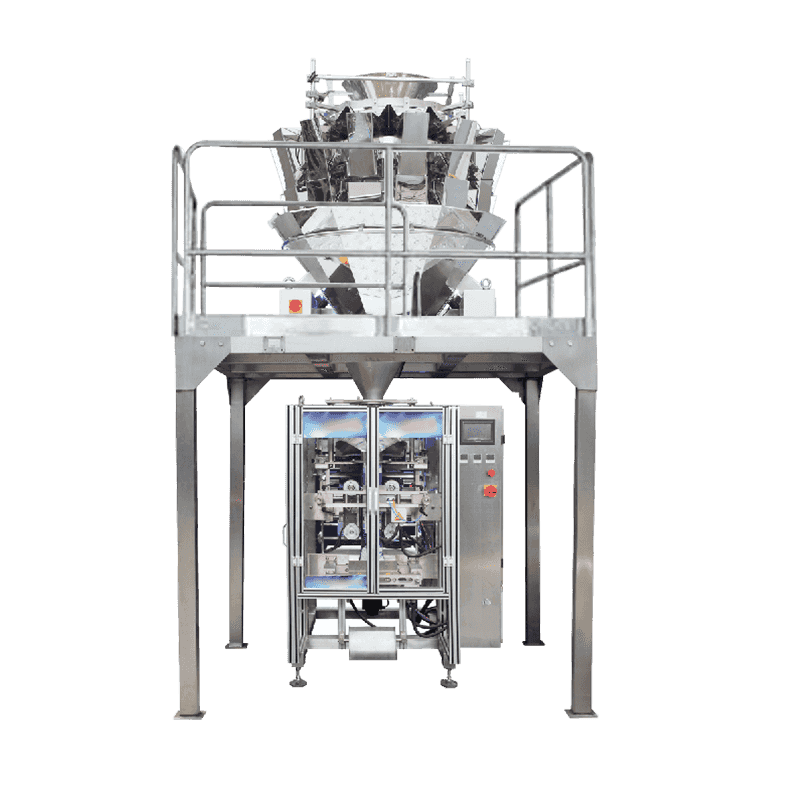
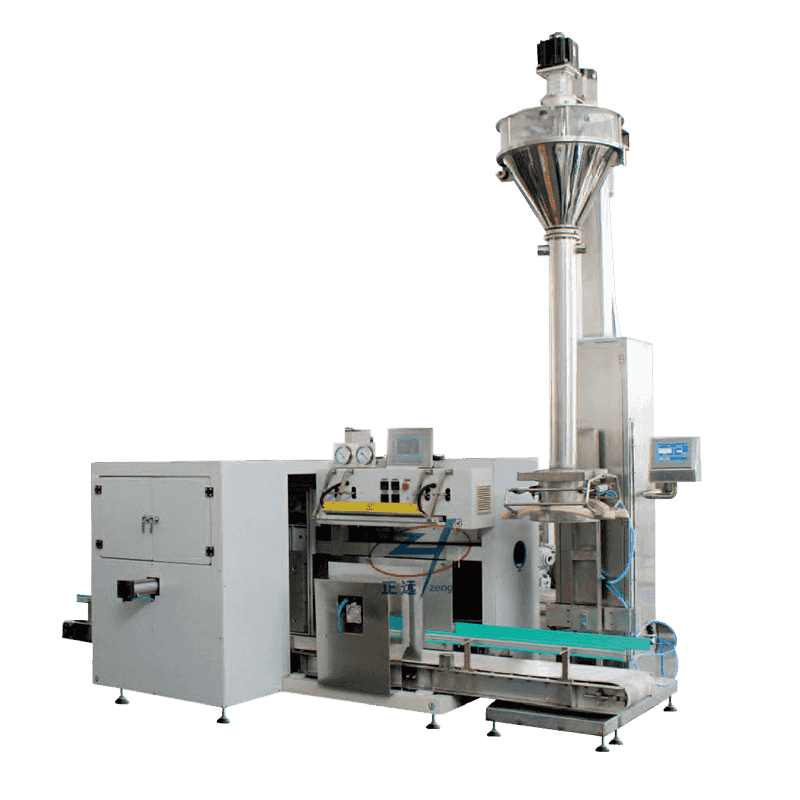
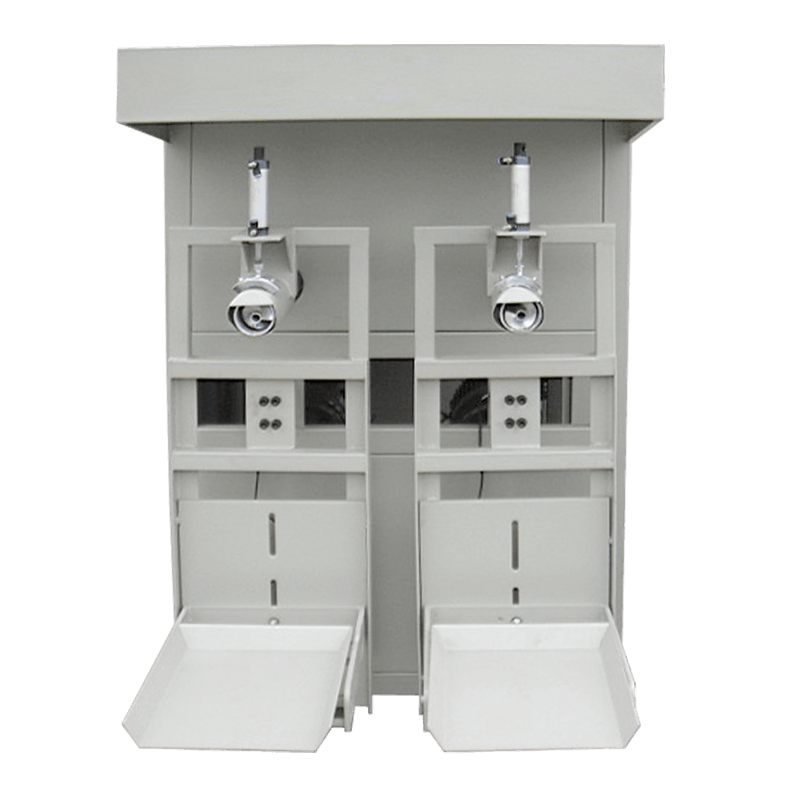

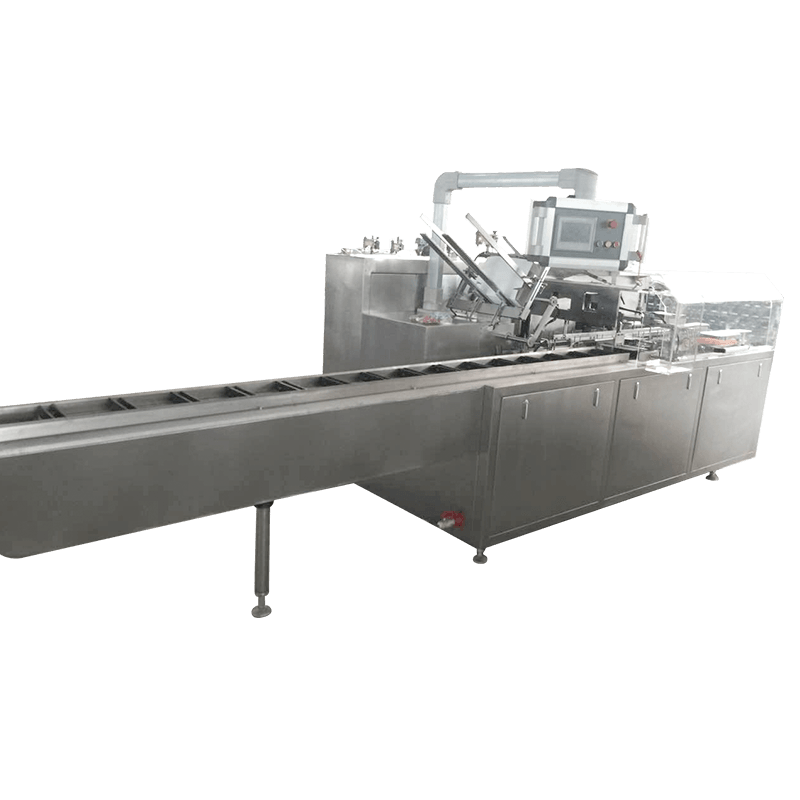
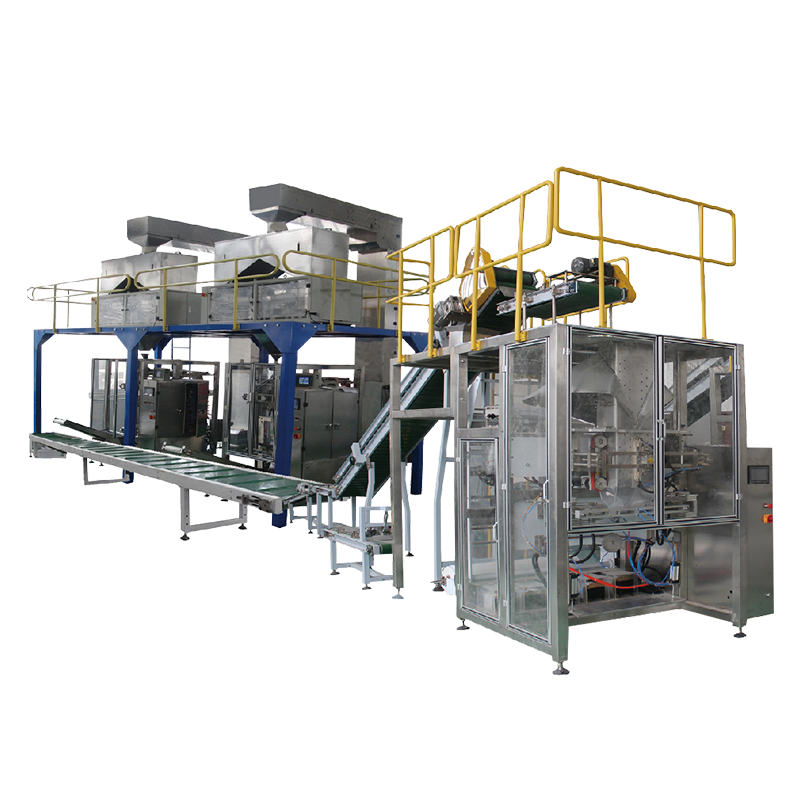
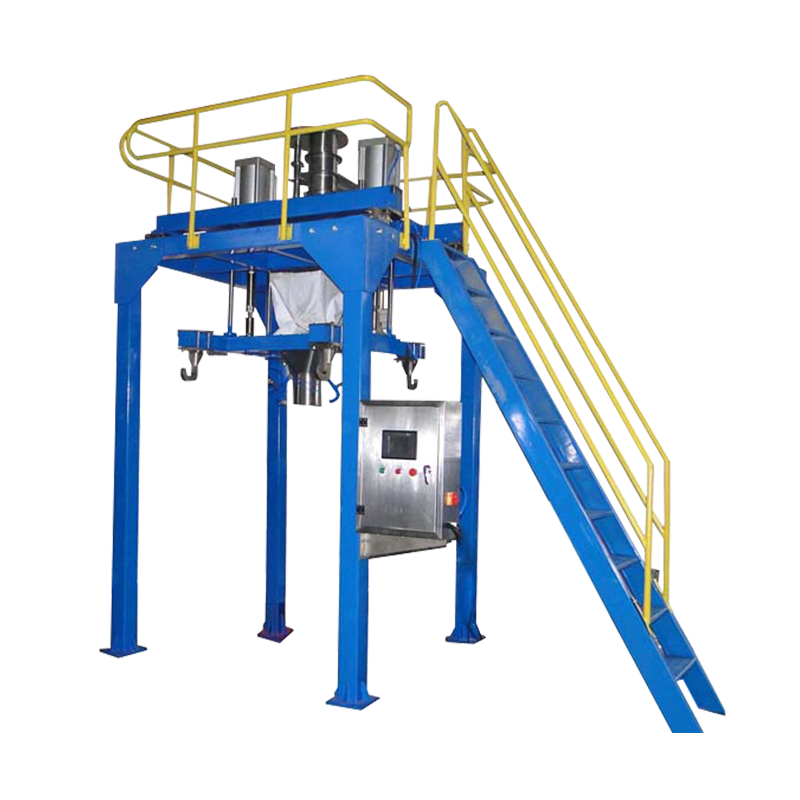
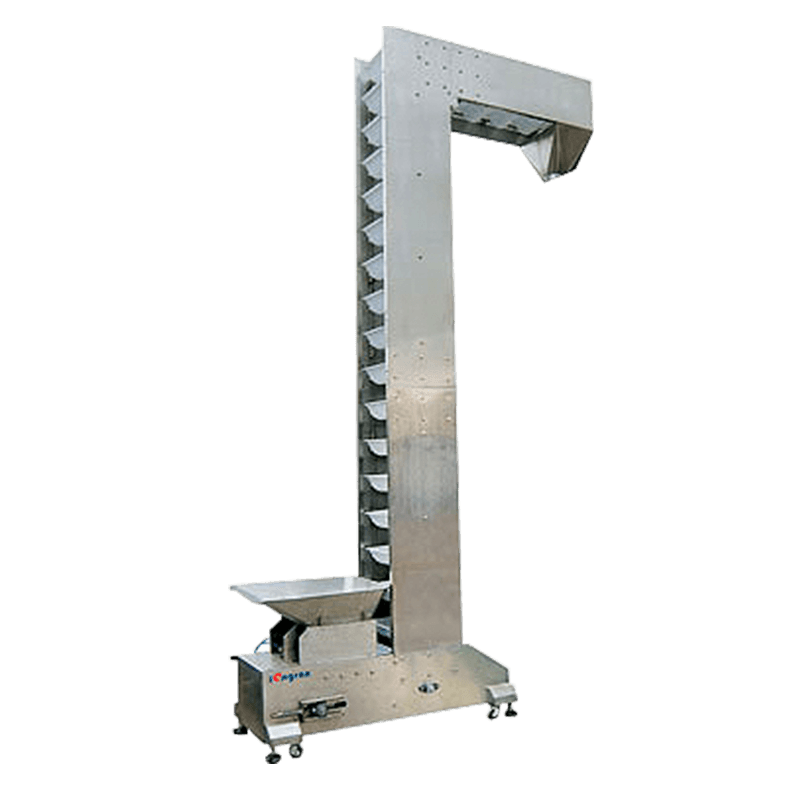
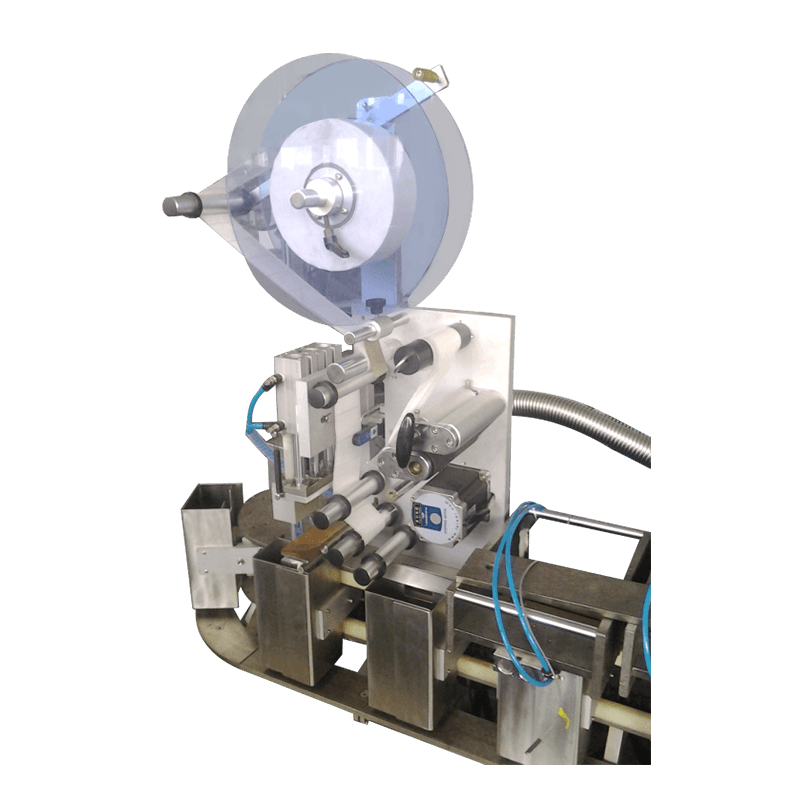
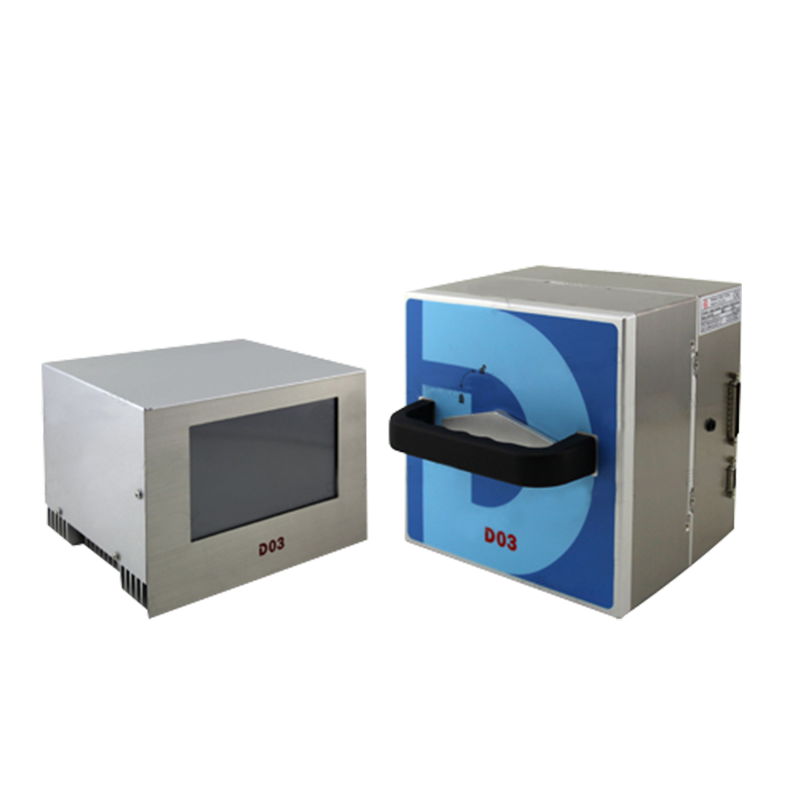
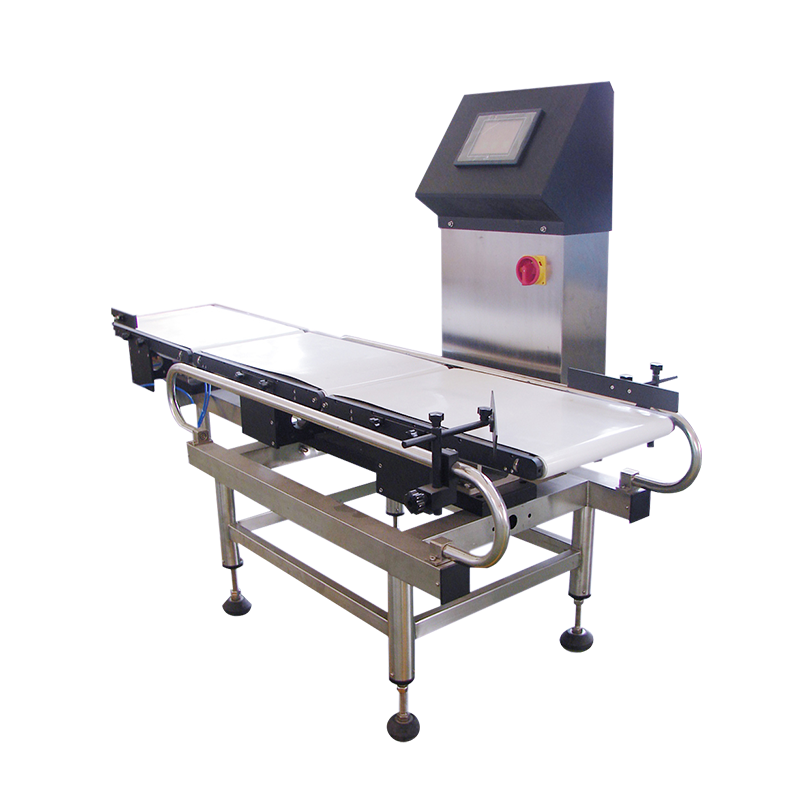


Contact Us